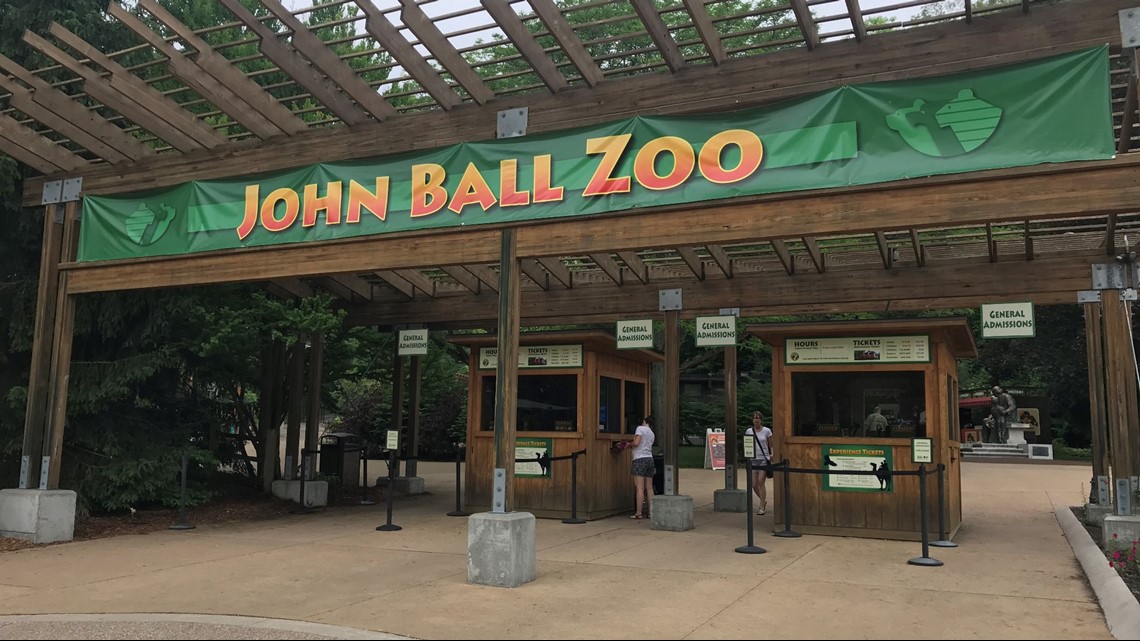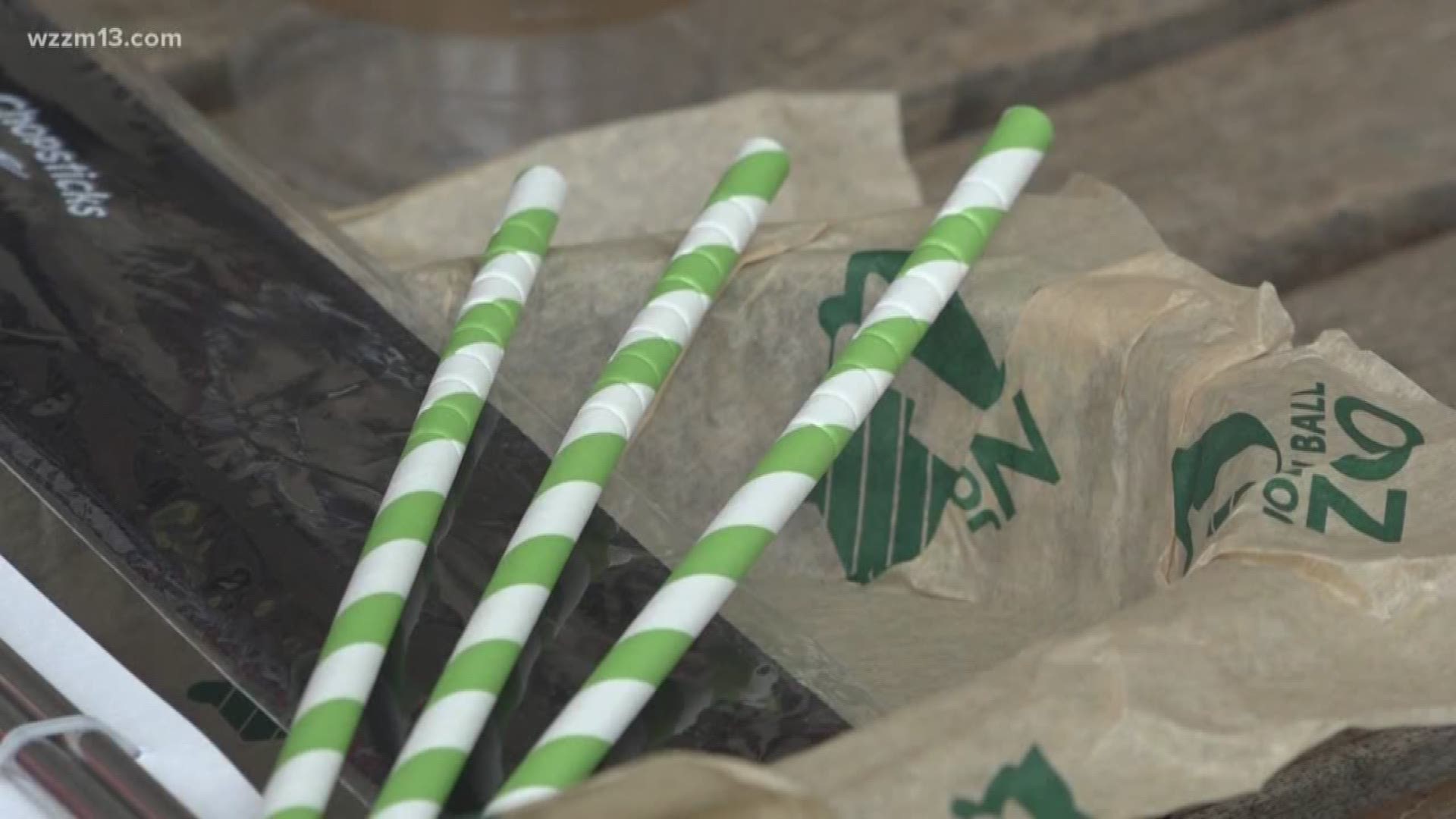GRAND RAPIDS, Mich. -- John Ball Zoo is so much more than a home for animals - it's also an educational tool for conservation efforts.
"We're a conservation company," said Larry Mattson, Director of Guest Services at John Ball Zoo. "Part of our mission is to find ways to sustain life on earth. It can be small things that are behind the scenes and make a big impact."


One of those small efforts was the switch from plastic to paper straws.
"Up until two years ago we didn't even offer straws in the park," added Mattson. "A lot of times people would come to the zoo with a family and small children and there was a need for a straw. So we found a compostable straw we can use that's good for the environment."
The change came in 2017, and the zoo will save around 30,000 plastic straws from the landfill each year. Paper trays for food are now reusable plastic trays, and the gift shop sells reusable metal straws.
The straws are just one of the small changes the zoo has made over the years to reduce their environmental footprint. Bigger picture efforts include switching lights to LEDs in 2015, and turning rooftops green.


"We have four buildings that have four partial live roofs at the zoo," said Allmon Forrester, Director of Facilities Planning and Sustainability at John Ball Zoo. "A lot of people don't know that."
The zoo also partners with the Kent County Recycling and Education Center for recycling material. They also compost animal waste.
"Our total waste reduction that we've done here that we divert from landfills and waste centers is 80 percent for our site," said Forrester. "That's a pretty big number."
The zoo's water use has gone down too. Since 2002, the zoo has decreased water by 72 percent. In other words, 731 million gallons of water have been saved.
Want to take some of these efforts home? Consider a reusable souvenir cup, or purchase some recycled gifts from the gift shop. The shop sources items from 27 vendors with an ecological mission. One vendor uses recycled rubber, bottle caps, and wire to craft art.
"The profits go back to those small companies in Africa where they actually came from," added Mattson.
"It's simple things that you can do," said Forrester.
Added Mattson, "There are all kinds of things that you can do in your everyday life that are easy and doesn't have to be big conservation efforts that seem like too much for any one person to handle."
►Make it easy to keep up to date with more stories like this. Download the WZZM 13 app now.
Laura Hartman is a meteorologist at WZZM 13. You can contact her by email at lhartman@wzzm13.com, or follow her on Facebook or Twitter.

